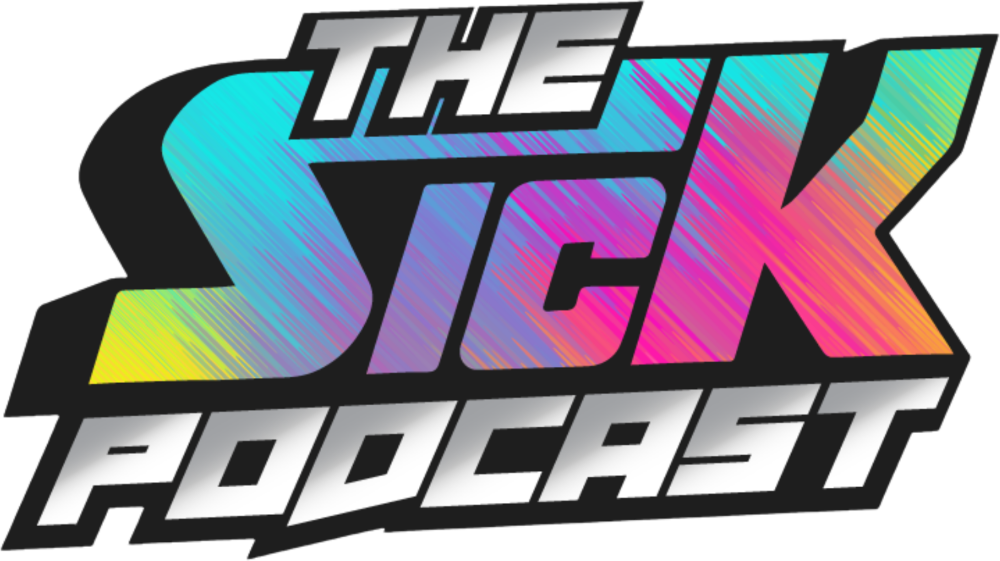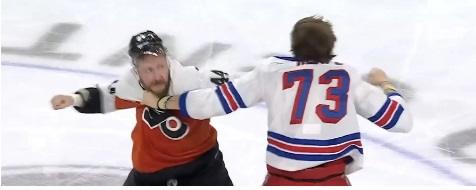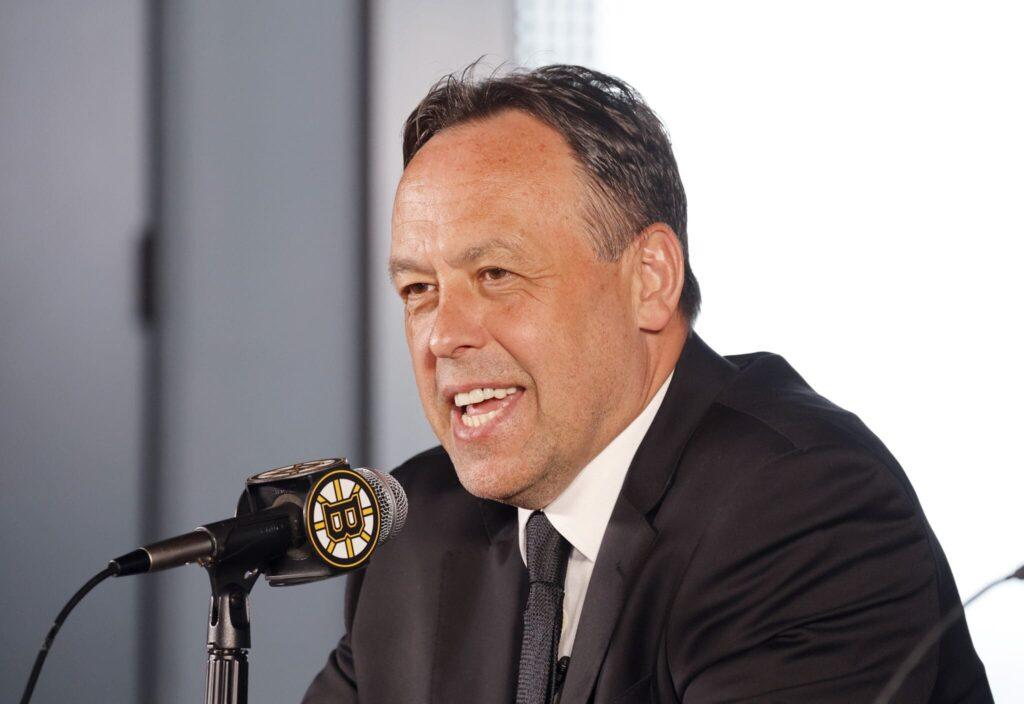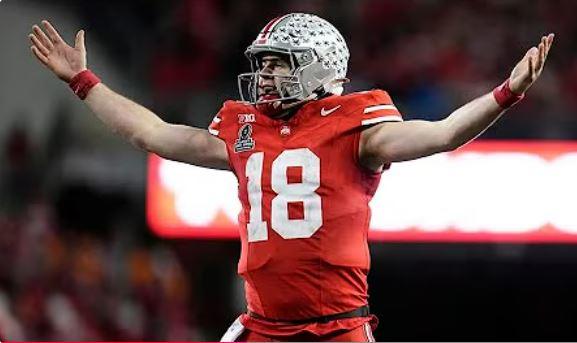This pre-season has provided far too much drama for teams and the fans. Not just for the Canadiens, but league wide as there are stars falling to major and minor injuries alike, everywhere around the NHL. It isn’t abnormal to see injuries during training camps or preseason games, but 2024-25 seems to be different in that it is star players getting injured, and some will be missing in action for several months.
The NHL is still behind other sports in how they market their games. The NBA puts their stars front and center, drawing fans in with their spectacular talents. The NHL has only just begun to acknowledge they have stars, but fans do go out of their way to pay exorbitant amounts of money to watch these supremely skilled players, and these injuries hurt the league’s income, and in turn, the players share of that money as they are tied to the overall revenue.
The Infirmary
The very first pre-season game of 2024-25 saw Drew Doughty, a Norris Trophy winner, two-time Stanley Cup champion and veteran Los Angeles Kings defenseman, broke his ankle in a game against the Vegas Golden Knights on Sept. 25 and required surgery. He is expected to miss most of the season and his absence from that roster leaves a gaping hole on the Kings’ blue line and power play.
One that took up a lot of air time on podcasts, talk radio and sports television shows was the Patrik Laine injury. The sniper was traded from the Columbus Blue Jackets to the Montreal Canadiens this summer in hopes of a fresh start. In only his second appearance in a Canadiens sweater, he took a knee-on-knee hit from the AHL Toronto Marlies’ own Cedric Pare. This resulted in a knee sprain that won’t require surgery (Laine’s decision), but he will be out of the lineup for two to three months, giving fans hope they get an early Christmas gift of the sniper returning to play.
At the start of October, two more stars fell. The New York Rangers 120 point forward Artemi Panarin and the 2024 first-overall pick and San Jose Sharks franchise future, Macklin Celebrini. Against Utah Hockey Club, Celebrini was tripped on a breakaway attempt by Kevin Stenlund, sending him crashing into the end boards and leaving with a lower body injury. Panarin suffered a lower body injury after playing under 4 minutes of total ice time. The severity of the injury and the recovery time are still unknown as of the writing of this piece.
Eye for an Eye
These incidents leave teams feeling lost, without options, and therefore resort to the old school method of enforcing the unwritten code, and the punishment for stepping outside of it is essentially an eye for an eye. Until the NHL starts to hand down long suspensions and heavy fines that will impact a player’s bank account, as well as handing out five-minute major penalties that will hurt teams on the ice, the only deterrent will be the consequences handed out by the players themselves.
The Laine injury, which didn’t even lead to a minor penalty. David Reinbacher falling awkwardly on his knee after a clean hit, which needed surgery to repair and leaves him out of action for six months. Followed up by liberties being taken with Juraj Slafkovsky, awkward hits being finished on Lane Hutson, Adam Engstrom, Kirby Dach, as well as liberties being taken on every core player on the ice during the preseason has created a perfect storm for some of the Canadiens’ energy and physical players at taking a mindset of giving no quarter. Enter Arber Xhekaj.

Xhekaj’s toughness and willingness to defend his teammates is why he earned a spot on the Canadiens and why he is a fan favorite. He was fined for trying to police the Pare incident on Laine, one where Pare wanted no part of the NHL heavyweight. Then, the next game, he wanted to send a message to the Ottawa Senators after the bad hit by Ridly Greig on Kirby Dach, a hit that he admitted was not a good hit. The Ottawa forward refused to become drawn into a fight with Xhekaj. As he had learned his lesson from the last game, the Habs’ defender did not resort to the same tactics as before, instead he took an opportunity to lay a heavy hit on one of the Senators’ top players in return. For the record, Xhekaj was not suspended for his hit on Tim Stuzle. The NHL likely recognized that he did not make contact with anyone’s head, and that Tim Stutzle’s own stick hit him. He did deserve the penalty he received during the game, but as per usual, everything regarding Xhekaj is magnified.
That is just one example, there are dozens more. Tampa Bay Lightning captain Victor Hedman gets leveled by Florida Panthers prospect Josh Davies. While it was a clean hit the severity drew the ire of Nikita Kucherov, who immediately jumps in.
After Victor Hedman took this hit, Nikita Kucherov retaliated immediately.
Then Conor Geekie won some brownie points in the locker room wailing on Davies. #GoBolts https://t.co/iUv9P1UkYX pic.twitter.com/Vjzs9oVoHl
— Evan Closky (@ECloskyWTSP) October 3, 2024
This hit was clean but the prelude to this play was Davies going 100 miles per hour on each shift looking to lay the body, which gave the impression that he was only out to get himself noticed and not necessarily to win battles to help his team win. Eye for an Eye came into effect as Connor Geekie stepped up to send a message.
But an eye for an eye makes the world go blind and enforcing the unwritten code doesn’t prevent any intentional or reckless plays that could or do lead to injuries. All it can do is punish the offender and send a warning to others that there will be consequences. For over a century, that was enough to deter most players. But the game, and society are changing, and while this type of player and code is still required in the NHL, there are other methods that could help to mitigate the need for these players to enforce the code.
Solutions
The NHL training camps used to be for players to get back into game shape after a long offseason. Then the seasons grew longer, the playoff calendar became longer, and now hockey has professional trainers, nutritionists, mental focus coaches, and so much more. It is now a full-time business now worth Billions of dollars. A business that relies on it’s on ice talent to draw in fans and revenue. Protecting the star players should be priority number one and the first step, shorten the preseason.
The NHL and NHLPA have already chatted about it and will and will do so more seriously in CBA talks: reduce pre-season to 4 games (and add 2 games to regular season to make it 84).
That’s the idea anyway. We’ll see where it goes in CBA talks.— Pierre LeBrun (@PierreVLeBrun) October 2, 2024
This shows that the NHL owners and players are aware of the issue, and both want it settled. The upside for players is they get fewer tune up games, and fewer opportunities for an AHL lifer to try and make their mark, which leads to careless plays. They aren’t as fast, or skilled, and because of it, can become dangerous. Can this lack of opportunity to be seen lead to these types of minor league players or prospects on the borderline of being let go trying to make their mark immediately? Of course. But this is where the shorter pre-season can help.
With less games teams won’t need to invite 60 players to camp any more. They can trim it down to 30 or 35. This does take away from the opportunities to have a feel-good story of the undrafted invitees making their way onto the team, but the AHL camps can still provide those players a toe hold as they work their way up. Keeping the training camps the same length gives teams more time for practice their systems and focus on special teams play. Allowing teams to be better prepared for the season.
Change the rules on who must be dressed for a pre-season game. Have NHL Only rosters by games 3 and 4, allowing for games 1 and 2 to be used to evaluate prospects and bubble players. While it may not be as attractive to fans who won’t likely pay NHL ticket prices, they can make these first 2 games afternoon or early games and lower ticket prices, making it more accessible for families to bring their kids to a game, and possibly help grow the sport’s fanbase
Another option would be the matchup selections. Having divisional rivals facing each other multiple times in the preseason is a recipe for injuries. The players still don’t have their timing yet, they also have to deal with an assortment of player types and ability levels that makes every shift a guessing game as to what they could expect. The NHL could have a challenge series against other leagues, something similar to what the Buffalo Sabres did in preparing for their season opener in the Global Series against the New Jersey Devils.
The pre-season schedule could be a good avenue for some inter conference games. The training camp rosters are large enough that there could be a team A and a team B for each franchise. If the Los Angeles Kings, who are playing two games in Quebec City, were to send their Team B out on a two-game eastern trip, cities like Washington, Philadelphia, New York, Toronto or Montreal would have an opportunity to see a team that rarely visits. The same could be done by an Eastern Conference team on a western road trip.
In the end, the goal would be to prevent players on the bubble who are tempted to play a little more on the edge to stand out from playing recklessly. The fact that these teams will be missing significant pieces on opening night of the season is unnecessary.






